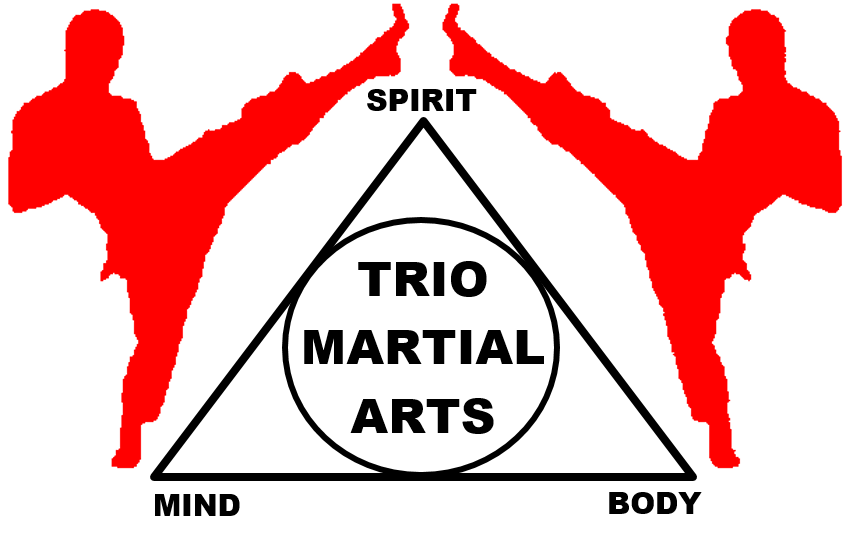|
Author: Bret Gordon  In my last article, I made the claim that jujutsu may be the most scientifically advanced hand-to-hand combat style. True jujutsu, both koryu (founded pre-1868) and gendai (modern), is an all encompassing form of combat that teaches strikes, joint locks, manipulations and throws. What separates jujutsu (also called yawara and taijutsu) from other unarmed styles that teach similar techniques is that jujutsu uses the systematic study of anatomy and physiology to increase the effectiveness of each technique. An old teacher of mine, when asked what jujutsu was, answered simply "Pick a body part and bend the s**t out of it." Of course we all laughed, but he's not wrong. Jujutsu is known for its preference of joint manipulations over striking, thereby making karate its polar opposite, or so it seems (which I'll address in my next article). "The Gentle Art" is called such because of this, how it favors "soft" locks and throws over "hard" percussion. Ask anyone who's been on the receiving end, however, and they'll comment how it's anything but "soft." Unlike other styles that teach joint manipulation and throws, jujutsu should be smooth, circular and fluid. This type of movement helps to negate the strength of an attacker and allow the practitioner to easily subdue someone much larger with minimal effort. The human body is built along axes and planes, and therefore is strongest when it moves in a linear direction. Circular movement allows the practitioner to throw off the body's natural strength simply because we're not designed to move in such a way. Strikes are used in jujutsu, but not to cause direct damage themselves. Strikes are directed at vital targets to "soften up" an attacker to aid in the desired lock or throw. They can also be used to create a specific bodily distortion or "shape" for the same purpose. Then, there's an entire subset of jujutsu that takes the science of unarmed combat to another level. Aiki Jujutsu utilizes spirals, waves, breath control, cohesive movement and timing in addition to fluid movement to achieve an instant response (and more often than not, that response hurts). Aiki Jujutsu uses the connection point of the attack to circumvent the attacking limb and penetrate the body's entire structure. No force should be exerted by the practitioner, as every technique is designed to properly receive the attacker's force and return it. Pressure is often felt in the lumbar region or thighs, even though the connection point is often somewhere on the arm, and it should feel as though there is a weight on your chest making it difficult to breath. Keep in mind, all of this is usually right before you hit the floor which also happens before you realize what happened. My favorite quote is actually "if you understand what just happened to you, then it wasn't aiki." As if that's not enough, nearly every technique in Aiki Jujutsu actually has its basis in Japanese sword work. Kano Jigoro, founder of Judo, once referred to Aiki Jujutsu as the highest form of jujutsu after witnessing a demonstration of Daito-Ryu. After 20 years in the martial arts, I have to agree, but that's just my opinion. Unfortunately, too many people do not understand the principles of aiki and equate it with some mystical force of the universe. This is where the charlatans come in that teach "no touch knockouts" and other ridiculous "energy techniques" that have no basis in true aiki. Now, if you're reading this and thinking "My school teaches all of that, I'm going to start calling it jujutsu," there are several things you must do before jumping to that conclusion and start using the name. First and foremost, jujutsu is a strictly Japanese-based style so you must have a verifiable lineage to an already existing Japanese jujutsu school. The farther back you can trace your lineage, the better. Obviously a rock-solid lineage does not guarantee the effectiveness (or lack of) of any technique, but it is required for proper classification. A karateka can not delve into the study of joint manipulation and all of a sudden become a jujutsuka without the proper teacher and credentials. This being said, there are systems that I would classify as jujutsu that do not necessarily classify themselves as such. Aikido and Hapkido, in my opinion, are jujutsu systems. They both come from Daito-Ryu Aiki Jujutsu, so there's the verifiable lineage, and even though Hapkido is Korean in origin, one can argue it is only Korean because of the nationalistic pride of the Korean people. If you look at the original teachings of Choi Yung Sul, he simply called his art "yu sul" which is the Korean translation of jujutsu. This article was originally published on the US Association of Martial Arts blog. To view the original article, please click here.
0 Comments
Your comment will be posted after it is approved.
Leave a Reply. |


